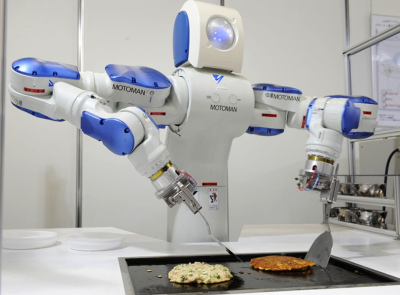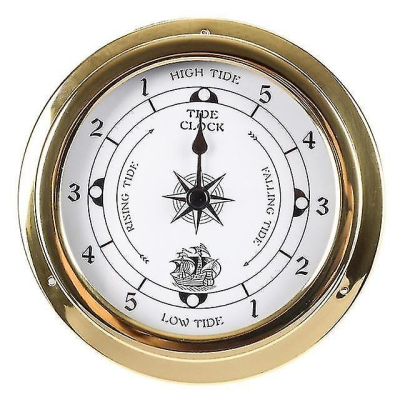A robot chef that learns from videos

You might not often think about it that way, but cooking is a difficult skill with a number of factors in play. Just ask a robot! While human beings can learn to cook through observation, the same cannot be done easily by a robot. Programming a robot that can make a variety of dishes is not only costly, but also time-consuming.
A group of researchers from the University of Cambridge have programmed their robotic chef with a cookbook - eight simple salad recipes. The robot was not only able to identify which recipe was being prepared after watching a video of a human demonstrating it, but was also then able to make it. The results were reported in the journal ‘IEEE Access.’
Simple salads
For this study, the researchers started off by devising eight simple salad recipes and then made videos of themselves making these. A publicly available neural network programmed to identify a range of different objects was then used to train the robot chef.
The robot watched 16 videos and was able to recognise the correct recipe 93% of the time (15 times out of 16), even though it detected only 83% of the actions of the human chef in the video. The robot was able to recognise that slight variations (portions or human error) were just that, and not a new recipe. It even recognised the demonstration of a new, ninth salad, added it to its cookbook and made it.
Hold it up for them
The researchers were amazed at the amount of nuance that the robot could grasp. For the robot to identify, the demonstrators had to hold up the fruit or vegetable so that the robot could see the whole fruit or vegetable, before it was chopped.
These videos, however, were nowhere like the food videos with fast cuts and visual effects that trend on social media. While these are too hard for a robot to follow at the moment, researchers believe that robot chefs will get better and faster at identifying ingredients in videos like those with time, thereby becoming capable of learning a range of recipes quickly.
Picture Credit : Google
